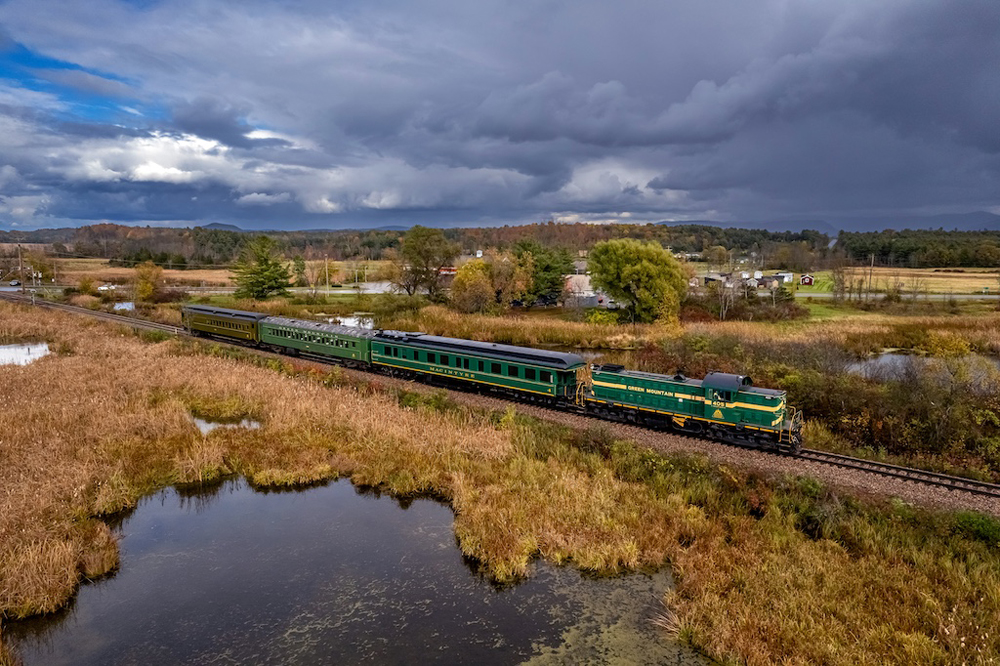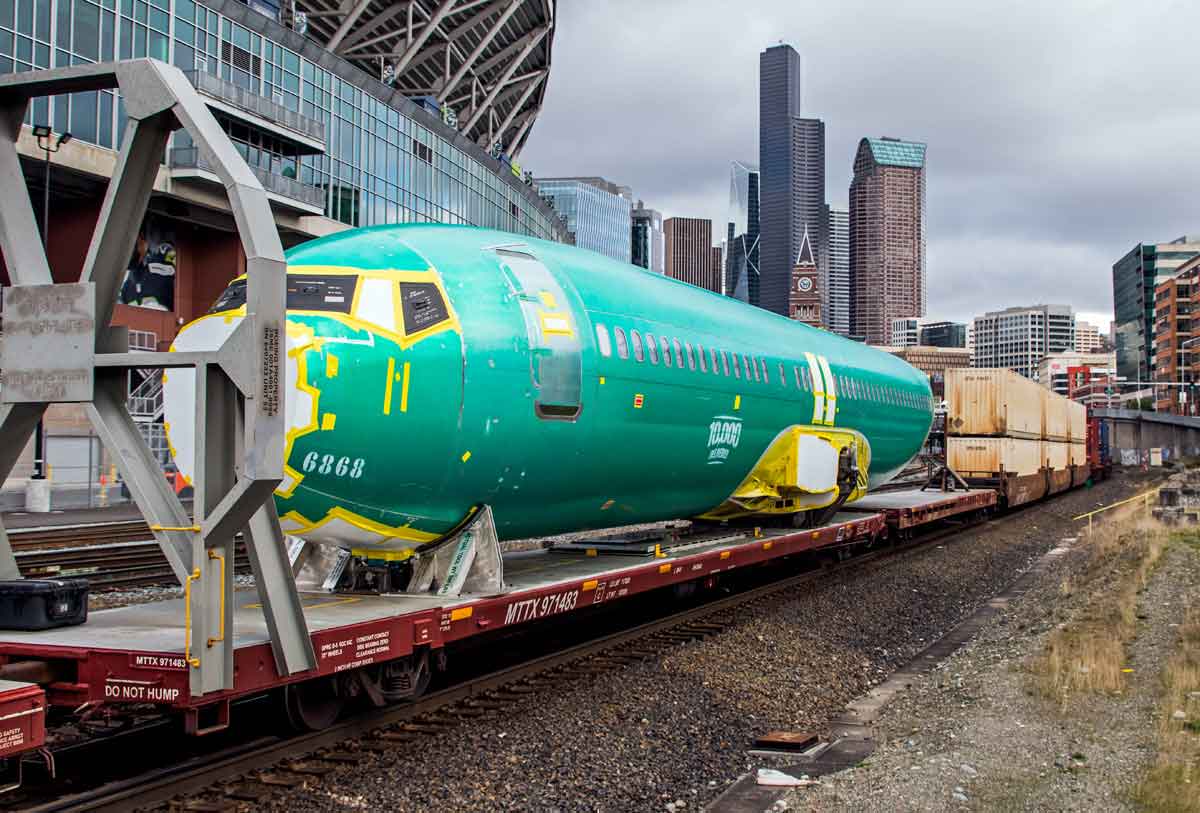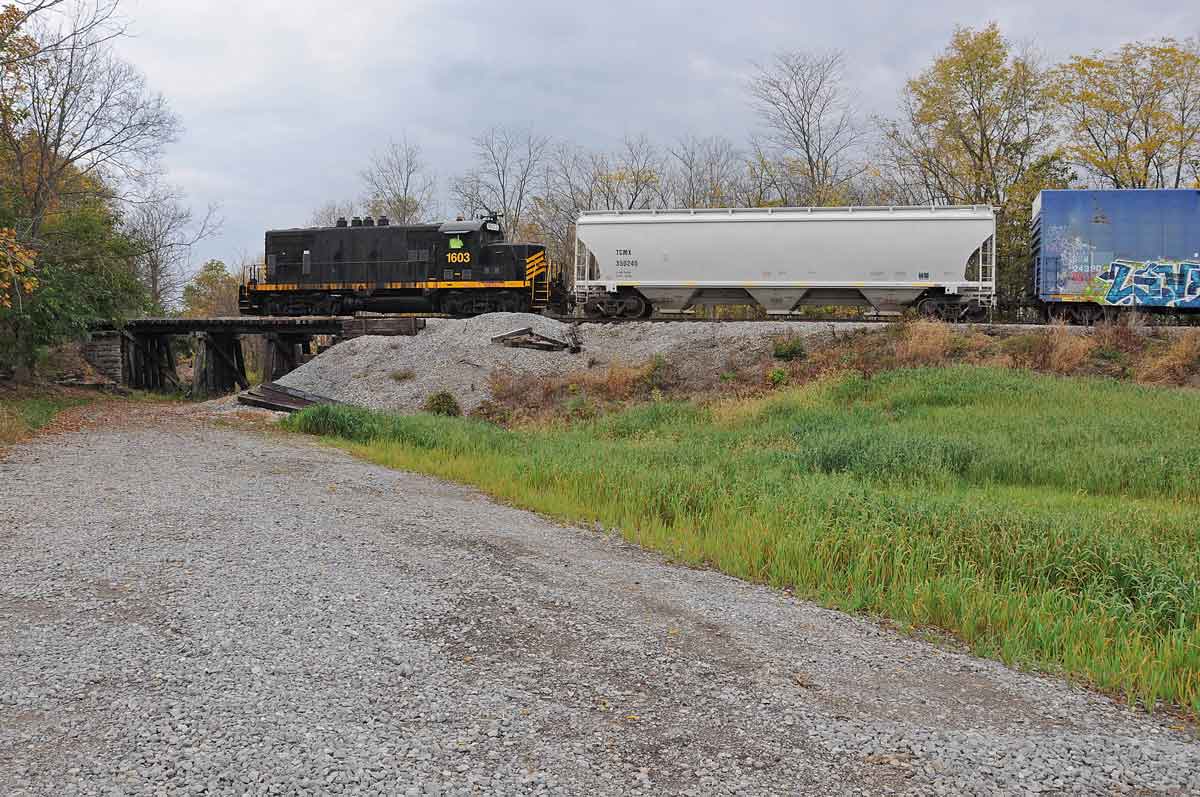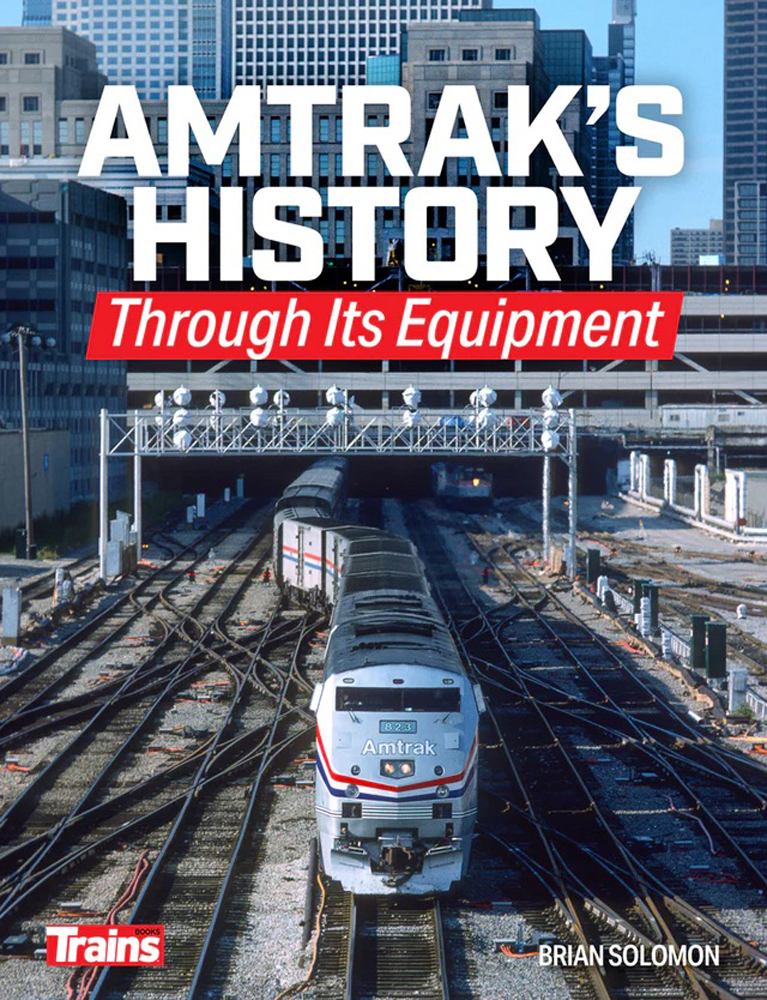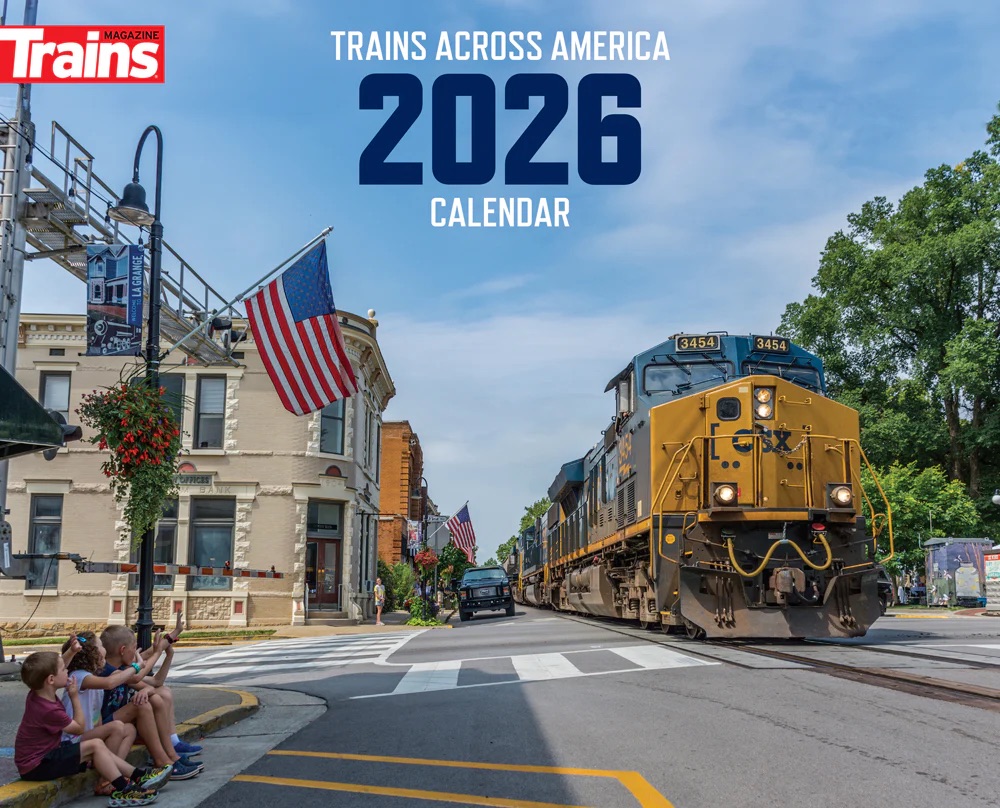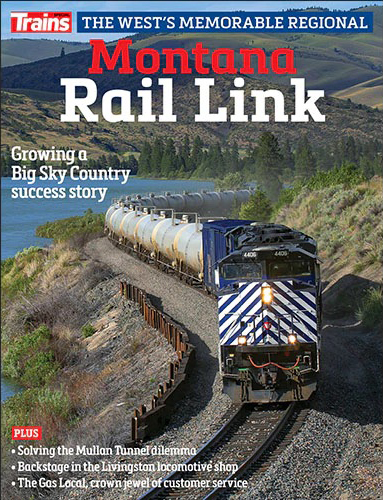Time capsule
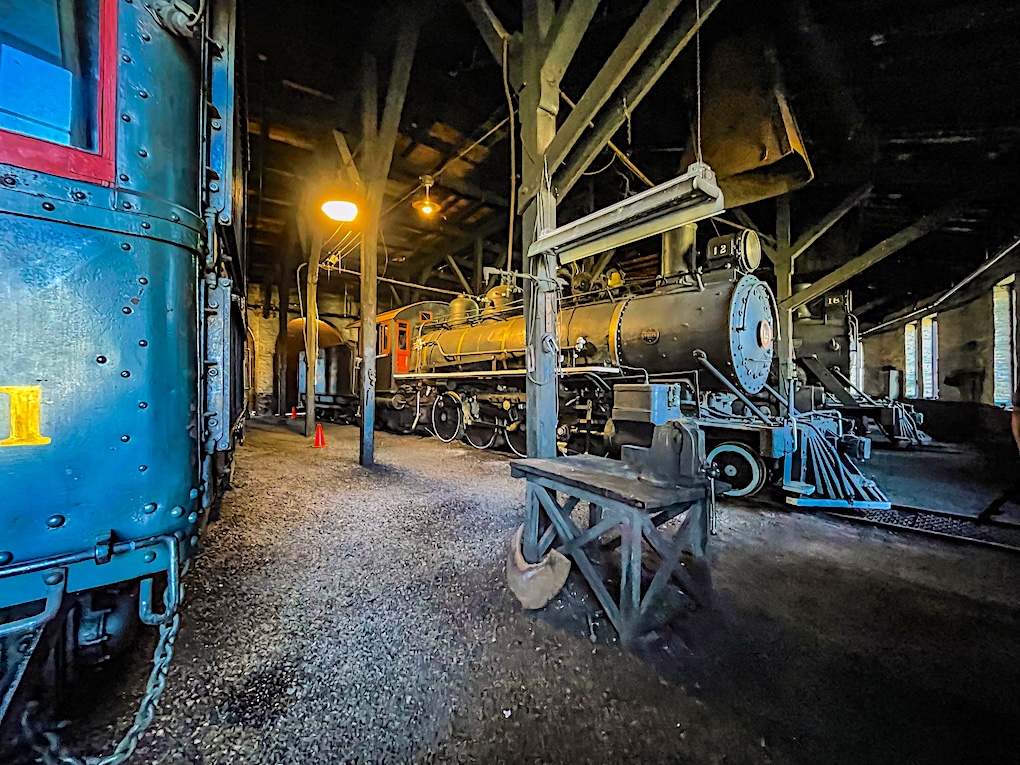
When construction of Pennsylvania’s iron ore and coal-hauling East Broad Top began in 1872, more than 150 years ago, its builders decided it would be a narrow gauge line, with rails set 3-feet apart instead of the North American standard gauge of 4-feet, 8.5-inches. Narrow gauge offered significant advantages, as the smaller locomotives and rolling stock could use lightweight rails and bridges for a considerable savings in material costs. The decision to build a narrow gauge railroad also came with a significant drawback — the East Broad Top could not easily interchange cars with its standard gauge connecting lines.
The EBT ended freight service in 1956. The dormant railroad, complete with a large overhead belt-driven workshop, was purchased by the Kovalchick family, who saved the railroad from scrapping and launched a heritage railroad operation. A National Historic Landmark, the EBT is the oldest narrow-gauge railroad in the United States.






